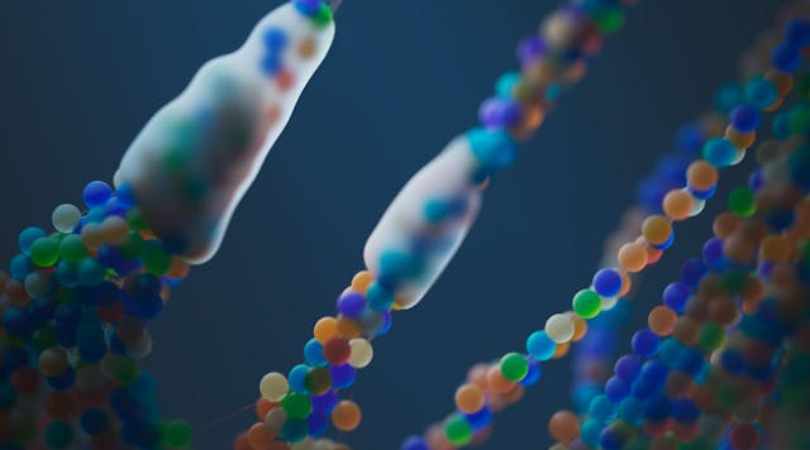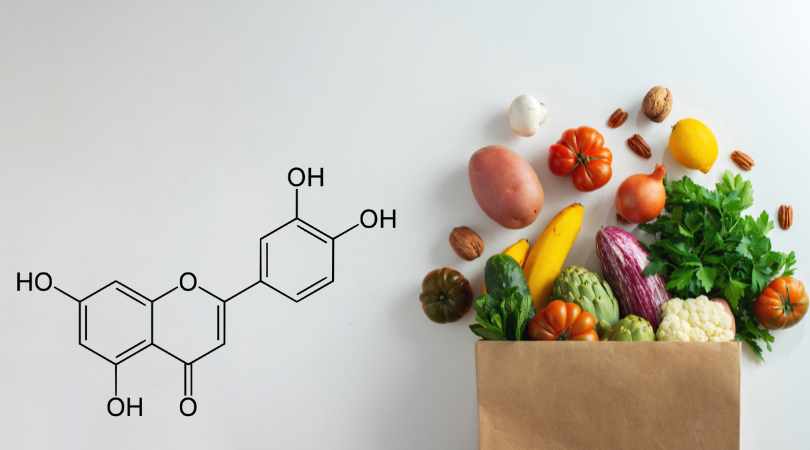Scientists have successfully restored the lost uricase enzyme, a key breakthrough in combating fructose-induced fat formation. This discovery offers new hope for preventing obesity and metabolic disorders by targeting how the body processes sugar and stores fat.
Limited Quantities Available! Order Today and Enjoy Free Shipping on Orders Over $100!
Fasting
A metabolic reset that activates fat burning and cell repair—supports recovery from fructose-induced mitochondrial dysfunction.
Maximize the Benefits of Your Fast
Fasting works by restoring metabolic balance—but hidden fructose metabolism can silently sabotage your efforts.
Even without sugar, your body can produce fructose internally through the polyol pathway—especially during dehydration, stress, or high salt intake. This can activate fructokinase, disrupt cellular energy, and trigger the very cravings, inflammation, and insulin resistance you're trying to reverse.
SugarShield helps support fasting by addressing the metabolic switch that fructose flips. By helping maintain mitochondrial function and reducing uric acid buildup, it supports a smoother, more effective fast—so you can stay energized and in control.
What is Fasting?
Fasting is the voluntary abstention from food for a period of time. It triggers metabolic adaptations that improve energy efficiency, fat burning, and cellular repair.
Metabolic Benefits
Fasting promotes:
- AMPK activation
- Autophagy (cellular cleanup)
- Insulin sensitivity
- Fat oxidation
It's one of the most powerful natural tools for reversing metabolic damage.
Fasting and Fructose Metabolism
Fasting:
- Suppresses endogenous fructose production (via the polyol pathway)
- Lowers uric acid
- Restores mitochondrial energy
This helps reverse the exact processes that fructose metabolism disrupts.
Pairing with SugarShield
At LIV3, we encourage metabolic tools like fasting to work with our approach. SugarShield helps block fructose metabolism during refeeding and supports energy during fasted states, especially when stress or prior diet might otherwise activate the polyol pathway."






